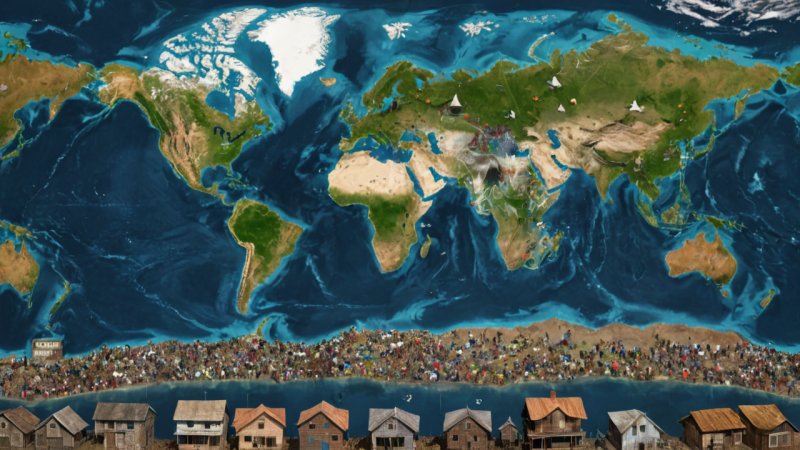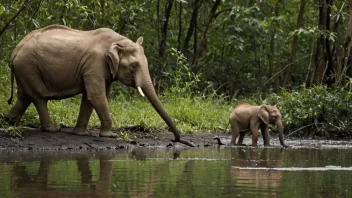Introduction
Climate change is one of the most pressing challenges of our time, influencing various aspects of human life, including migration patterns and social stability. As environmental conditions continue to deteriorate, populations are increasingly forced to relocate, which can lead to significant social and economic consequences. This article explores common questions related to the impact of climate change on human migration and its implications for social stability.
What is climate change migration?
Climate change migration refers to the movement of people who are compelled to leave their homes due to the adverse effects of climate change. This includes factors such as rising sea levels, extreme weather events, prolonged droughts, and other environmental changes that threaten livelihoods and safety.
How does climate change affect migration patterns?
Climate change affects migration patterns in several ways:
- Environmental Degradation: Poor agricultural conditions and loss of arable land force rural populations to migrate to urban areas or other countries.
- Natural Disasters: Events like hurricanes, floods, and wildfires displace communities, leading to immediate and often long-term migration.
- Resource Scarcity: Competition for dwindling resources, such as water and food, can lead to conflict, prompting people to move.
What regions are most affected by climate change migration?
Regions particularly vulnerable to climate change migration include:
- Small Island Nations: Countries like the Maldives and Tuvalu face existential threats from rising sea levels.
- Sub-Saharan Africa: Areas experiencing extreme drought and desertification are seeing increased migration.
- Coastal Cities: Urban areas like New Orleans and Miami are at risk from rising sea levels and storm surges, prompting residents to relocate.
What are the social implications of climate change migration?
The social implications of climate change migration can be profound:
- Increased Tensions: As migrants move into new areas, they may face hostility from local populations, leading to social tensions.
- Strain on Resources: An influx of migrants can strain local resources such as housing, healthcare, and education.
- Changes in Demographics: Migration can alter the demographic makeup of communities, impacting cultural and social dynamics.
Can climate change migration lead to conflicts?
Yes, climate change migration can lead to conflicts. As resources become scarce, competition between migrants and local populations can escalate, resulting in social unrest and violence. Historical examples show that environmental stressors can exacerbate existing tensions, leading to conflict.
What can be done to address the challenges of climate change migration?
Addressing the challenges of climate change migration requires a multi-faceted approach:
- Policy Development: Governments should create policies that support both migrants and host communities to ensure social cohesion.
- International Cooperation: Collaborative efforts at the international level are essential to manage migration flows and provide assistance to affected populations.
- Community Engagement: Involving local communities in planning and resource management can help mitigate tensions and promote integration.
What role does technology play in addressing climate change migration?
Technology can play a crucial role in addressing climate change migration by:
- Data Collection: Using technology to gather data on migration patterns can help policymakers make informed decisions.
- Disaster Response: Innovations in emergency response technology can improve support for displaced populations during and after disasters.
- Sustainable Practices: Advancements in sustainable agriculture and water management can help communities adapt to climate change, reducing the need to migrate.
Conclusion
Climate change is reshaping the landscape of human migration and social stability. Understanding the implications of this phenomenon is crucial for developing effective policies and fostering resilience in communities worldwide. As the effects of climate change continue to unfold, proactive measures are needed to address the challenges posed by migration and ensure a stable future for all.






